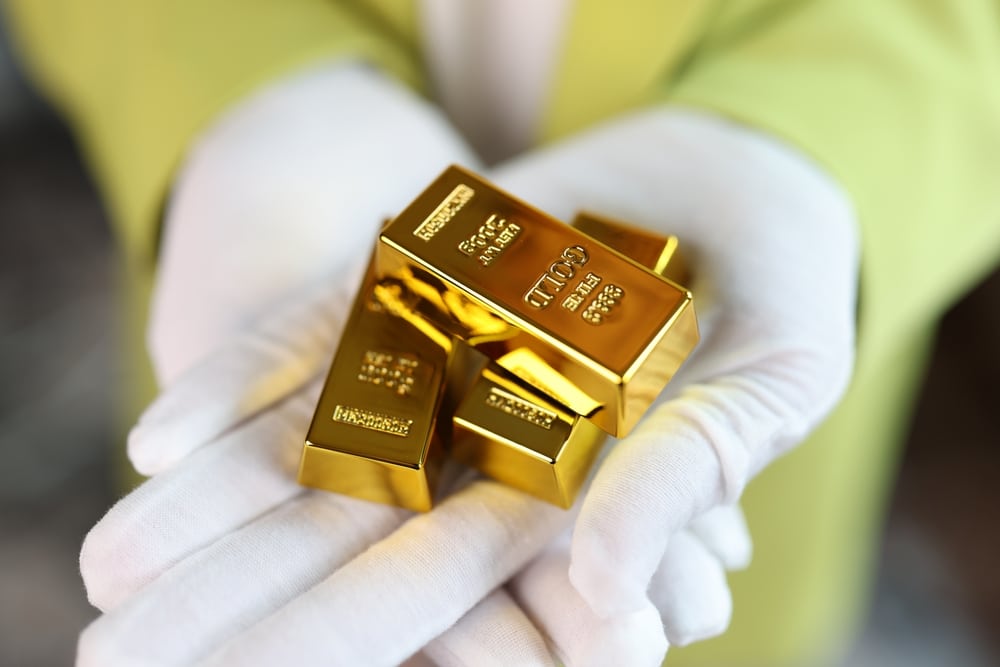As gold surged this year to its highest price, Xena Lin joined the frenzy by making monthly purchases of gold “beans,” pebble-like morsels of the precious metal.
For Ms. Lin, a 25-year-old administrative worker in southern China, the $80 beans—small enough to rest on a fingertip and weighing about one-thirtieth of an ounce—were an affordable way to buy into the gold excitement without splurging on jewelry, gold bars, or coins. She had dabbled with investing in stocks, but buying gold, especially in this fun way, inspired her to continue investing.
“I’m still working hard to save more,” Ms. Lin said.
Often considered a safe investment during times of geopolitical and economic turmoil, gold has soared in price in response to Russia’s invasion of Ukraine and the war in Gaza. But gold’s climb to highs above $2,400 per ounce has proved more resilient and lasted longer because of China.
Chinese consumers have flocked to gold as their confidence in traditional investments like real estate or stocks has faltered. At the same time, the country’s central bank has steadily added to its gold reserves while whittling away at its holdings of U.S. debt. Throwing fuel on the fire are Chinese speculators betting that there is still room for appreciation.
China already held considerable sway in gold markets. However, the country’s influence has become more pronounced during this latest bull run — a nearly 50 percent increase in the global price since late 2022.
It continued to scale new heights despite factors that traditionally make gold a comparatively less appealing investment: higher interest rates and a strong U.S. dollar.
Last month, gold prices vaulted higher even after the Federal Reserve signaled that it would keep higher interest rates for longer. And it has continued to appreciate even as the dollar has risen against almost every major currency this year.
Prices have pulled back to around $2,300 per ounce, but there is a growing sentiment that the gold market is governed no longer by economic factors but by the whims of Chinese buyers and investors.
“China is unquestionably driving the price of gold,” said Ross Norman, chief executive of MetalsDaily.com, a precious-metals information platform based in London. “The flow of gold to China has gone from solid to an absolute torrent.”
Gold consumption in the country rose 6 percent in the first quarter from a year earlier, according to the China Gold Association. It came on the heels of a 9 percent increase last year.
Gold investing became more alluring as traditional investments turned lackluster. China’s real estate sector, the destination for most families’ savings, remains in crisis. Investor confidence in the country’s stock markets has not fully returned. A string of big investment funds aimed at the wealthy toppled after failed bets on real estate.
With few better alternatives, money flowed into Chinese funds that traded in gold, and many young people took to collecting beans in tiny quantities.
Online merchants are aggressively hawking gold beans. On Alibaba’s Taobao, one of China’s biggest e-commerce platforms, a merchant sold gold beans on a livestream — a blend of the Home Shopping Network and Amazon. She said buying beans was “like shopping, but an investment.”

















